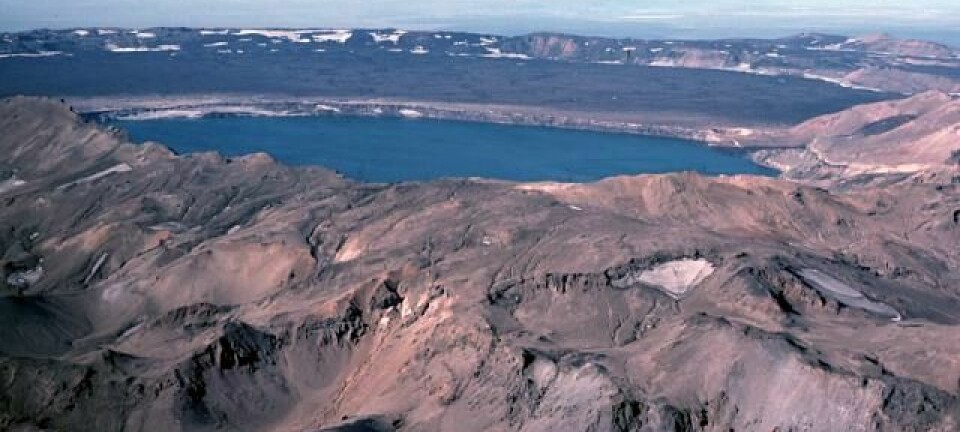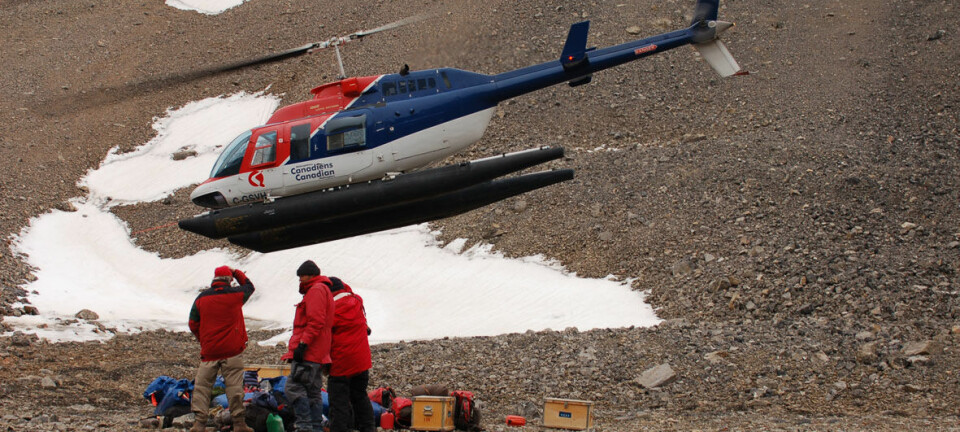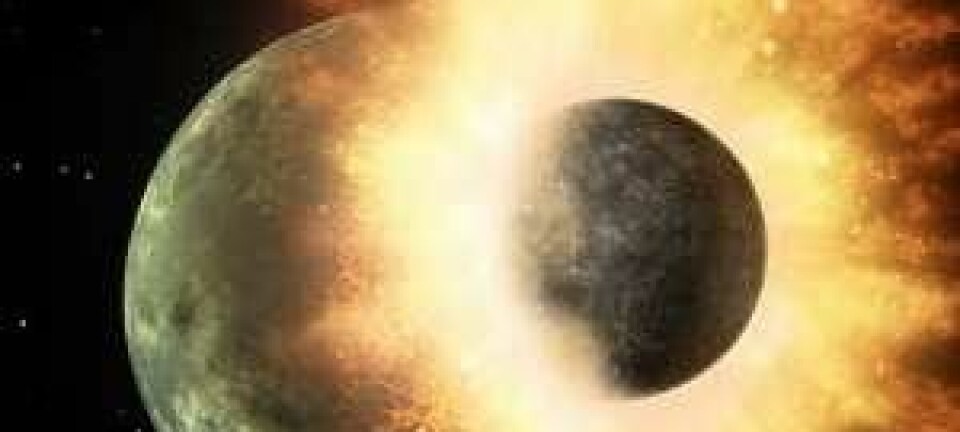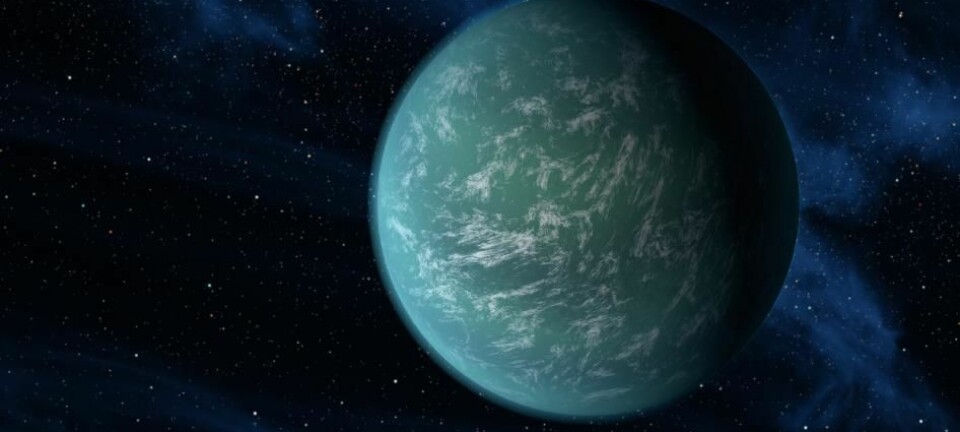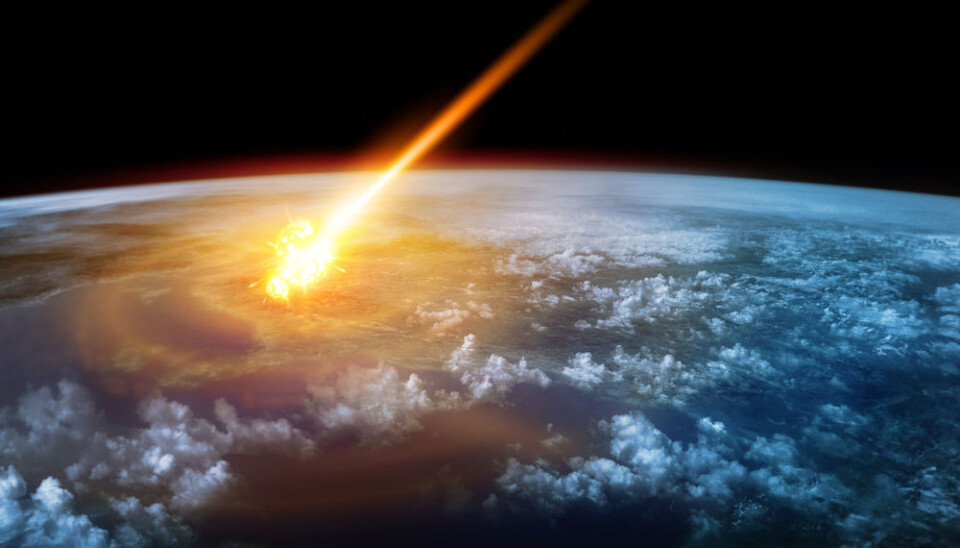
Early Earth was pounded into pieces
Scientists have found evidence of a previously unknown meteor bombardment of Earth some 4.3 to 4.1 billion years ago.
After the Earth was formed 4.6 billion years ago, our planet was first hit by a meteor the size of Mars and then by a hailstorm of comets.
Both events helped to shape the Earth as we know it today: the meteor impact created the moon and the comets provided the Earth with water.
Now a new study reveals that there was another meteor bombardment between these two events – an onslaught which smashed into the Earth’s newly-formed, fragile crust.
”We have come one step closer to a complete understanding of Earth’s early childhood. Our analyses of Greenlandic rocks show that the Earth underwent a previously unknown meteor bombardment, which left large amounts of heavy metals in the newly-formed crust,” says Peter Appel, a senior researcher at the Geological Survey of Denmark and Greenland (GEUS).
We can therefore conclude that the Earth must have been hit by a meteor bombardment shortly after the first crust was formed between 4.3 and 4.1 billion years ago.
He is part of the international research team behind the new study, which is published in the journal Nature Geoscience.
Earth was hit by metal meteors
Appel has collected ancient rocks from Greenland, dating back to between 4.3 and 4.1 billion years ago.
These rocks are filled with the heavy metals osmium and iridium, which surprised the scientists, as the metals ought to have disappeared into the Earth’s core when the planet was liquid.
The heavy metals cannot come from the hailstorm of comets, as this occurred at a later point, and because comets do not contain any of these heavy metals.
Meteors, on the other hand, do.
”We can therefore conclude that the Earth must have been hit by a meteor bombardment shortly after the first crust was formed between 4.3 and 4.1 billion years ago,” says Appel.
Moon craters created by comets, not meteors
He recently carried out another study which showed that 3.8 billion-year-old soil samples contain no traces of iridium and osmium.
These two studies combined form a picture which supports the theory that the Earth was filled with water 3.9 billion years ago, and that the 3.9 billion year-old craters on the Moon were created by comets, not by meteors.
”Had it been meteors that formed the craters, we would also find iridium and osmium in the rocks that were formed at the time,” he says.
Moon craters covered by new meteors
A remaining question is: why haven’t scientists found out about this meteor bombardment until now?
According to Appel, the answer is easy:
”We have been looking at the Moon when we have been studying whether the Earth was hit by celestial bodies. 4.1 billion years ago, the Moon was covered with craters from meteors containing iridium and osmium,” he says.
“However, when the watery comets started to rain down on the Moon, they deleted the traces from the meteors, rendering it impossible for us to determine if they have ever been there.”
----------------------
Read the Danish version of this article at videnskab.dk
Translated by: Dann Vinther

